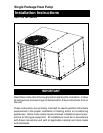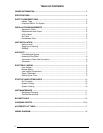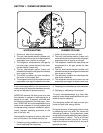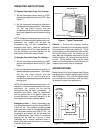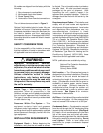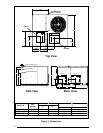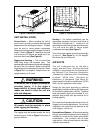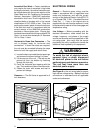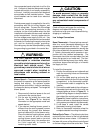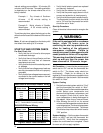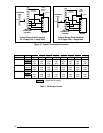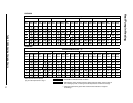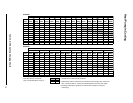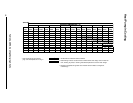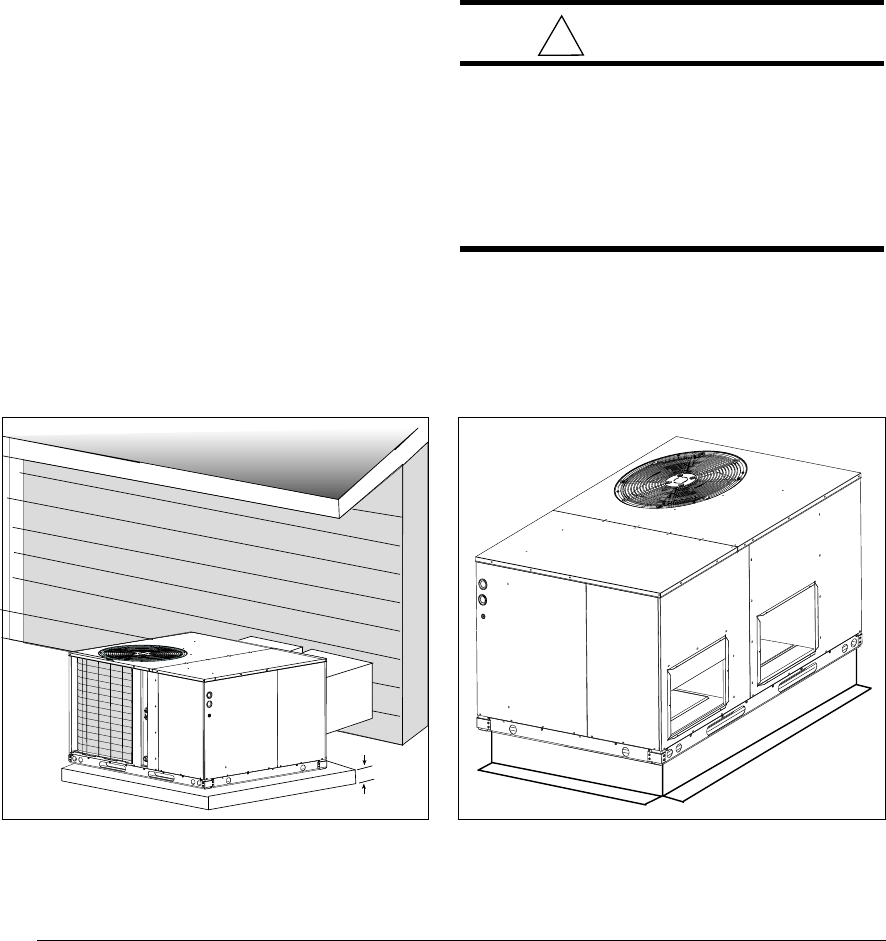
8
Acoustical Duct Work — Certain installations
may require the use of acoustical lining inside
the supply duct work. Acoustical insulation must
be in accordance with the current revision of the
Sheet Metal and Air Conditioning Contractors
National Association (SMACNA) application
standard for duct liners. Duct lining must be UL
classified batts or blankets with a fire hazard
classification of FHC-25/50 or less. Fiber duct
work may be used in place of internal duct liners
if the fiber duct work is in accordance with the
current revision of the SMACNA construction
standard on fibrous glass ducts. Fibrous duct
work and internal acoustical lining must be NFPA
Class 1 air ducts when tested per UL Standard
181 for Class 1 ducts.
Horizontal to Down flow Conversion — The
unit is shipped ready for horizontal duct
connections. If down flow ducts are required,
the unit must be converted following the steps
below for both the supply and return ducts.
1) Locate the duct cap inside the duct openings
and remove the screw holding it in place.
2) Lift the cap out of the unit. (The cap can be
pushed up from the bottom by reaching
through the fork slot).
3) Cover the horizontal duct opening with the
cap. The insulation will be on the indoor side.
4) Fasten the cover with screws and seal to
prevent air leakage.
Clearance — The Q4 Series is approved for 0
inch clearance.
Figure 6. Ground Level Installation
2"
Figure 7. Roof Top Installation
ELECTRICAL WIRING
General — Electrical power wiring must be
made in accordance with all applicable local
codes and ordinances, and with the current
revision of the National Electric Code NFPA 70
or in Canada CSA C.22.1 - Canadian Electrical
Code Part 1. If any of the original wire as
supplied with the unit must be replaced, it must
be replaced with material of the same gage and
temperature rating.
Line Voltage — Before proceeding with the
electrical connections, make certain that the
voltage, frequency, and phase of the supply
source are the same as those specified on the
unit rating plate. Also verify that the service
provided by the utility is sufficient to handle the
additional load imposed by this equipment.
!
WARNING:
To avoid the risk of electrical shock,
personal injury, or death, disconnect
all electrical power to the unit before
performing any maintenance or service.
The unit may have more than one
electrical power supply.
See Figure 8 or the unit wiring label for proper
high and low voltage wiring. Make all electrical
connections in accordance with all applicable
codes and ordinances.



